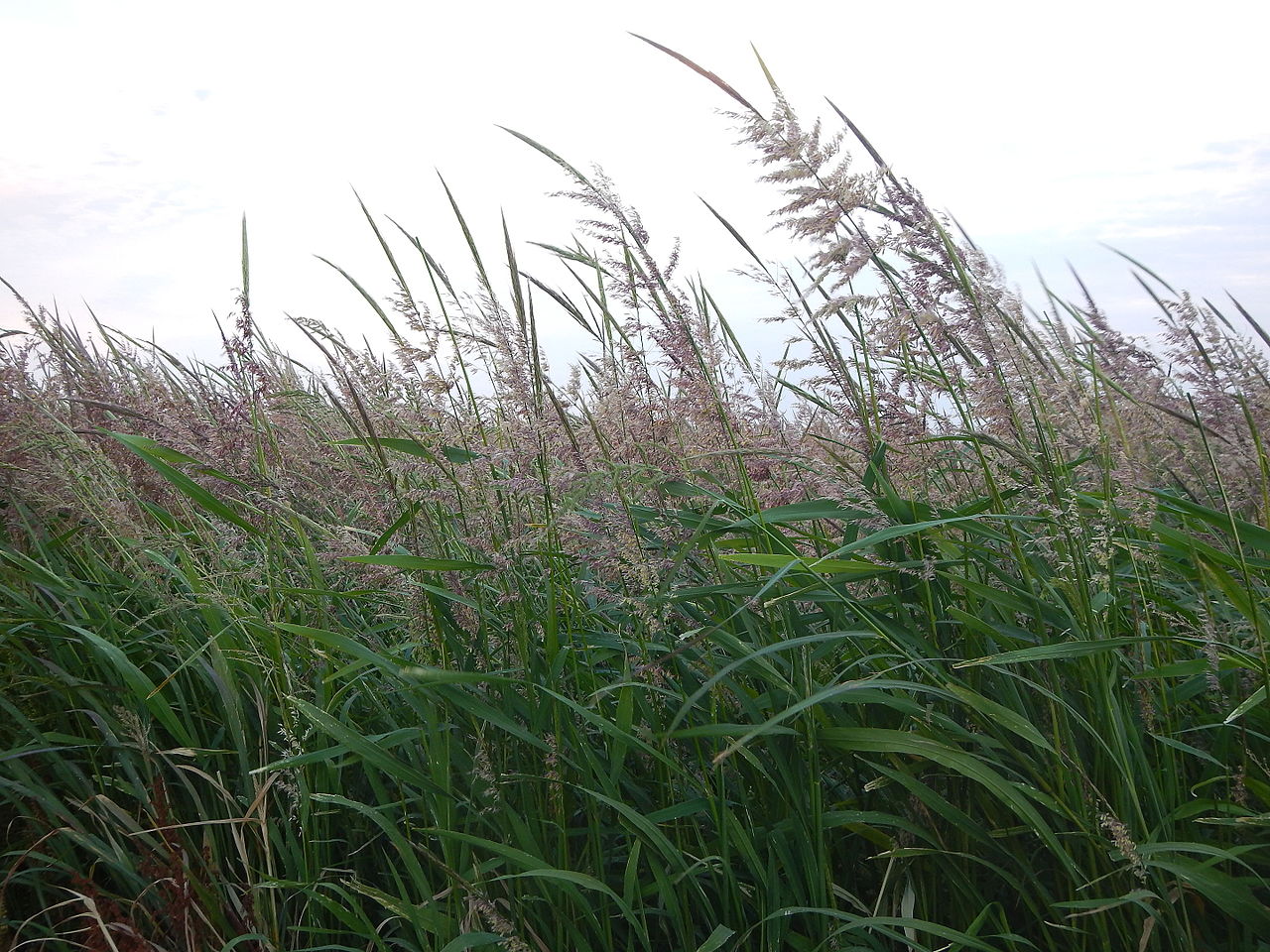Zizania palustris L. - Poaceae - Northern wild rice, Nördlicher Wildreis
„Northern wild rice (Zizania palustris) is an annual plant native to the Great Lakes region of North America, the aquatic areas of the Boreal Forest regions of Northern Ontario, Alberta, Saskatchewan and Manitoba in Canada and Minnesota, Wisconsin, Michigan and Idaho in the US… Wild rice (Z. aquatica), also an annual, grows in the Saint Lawrence River, the state of Florida, and on the Atlantic and Gulf coasts of the United States.“ https://en.wikipedia.org/wiki/Wild_rice
„Z.palustris and Z.aquatica, indigenous to the northern United States and southern Canada, have been consumed as a staple food by native North Americans, especially the Ojib-way, Menomini, and Cree tribes, since prehistoric times. Z.palustrisis the most commonly harvested as a grain. It grows naturallyin lakes, rivers, and streams in the Great Lakes region where it is harvested from boats…
 methylpyrazine (nutty roasted) |  2,5-dimethyl pyrazine (nutty roasted) |  2,3-dimethyl pyrazine (nutty almond) |  2-ethyl-6-methyl pyrazine (roasted potato) |  3-ethyl-2,5-dimethyl pyrazine (cooked rice cocoa) |
… A complex mixture of 33 odor-active compounds was identified by GC-O with nutty and roasted being the dominant aroma notes. Primary contributors to the unique nutty, roasted aroma were benzaldehyde, 2-n-butylfuran, 2,3-dimethylpyrazine, 2,5-dimethylpyrazine, 2-ethyl-6-methylpyrazine, 3-ethyl-2,5-dimethylpyrazine, furfural, methylpyrazine, and 2-pentylfuran. Descriptive sensory analysis illustrated the distinct aroma differences between brown and wild rice in that brown rice was primarily described as having ‘cooked-rice’ and ‘buttery’ aroma attributes and wild rice as ‘nutty’,‘smoky’,‘hay-like’, ‘earthy’, and ‘green’. The fermentation and parching steps in the processing of wild rice appear to create the unique nutty, roasted aroma of cooked wild rice.“
[Cho, Sungeun, and Stanley J. Kays. „Aroma-active compounds of wild rice (Zizania palustris L.).“ Food research international 54.2 (2013): 1463-1470]

Northern wildrice cultivated.
CC BY-SA 2.0, Author: Matt Lavin Wikimedia Commons
